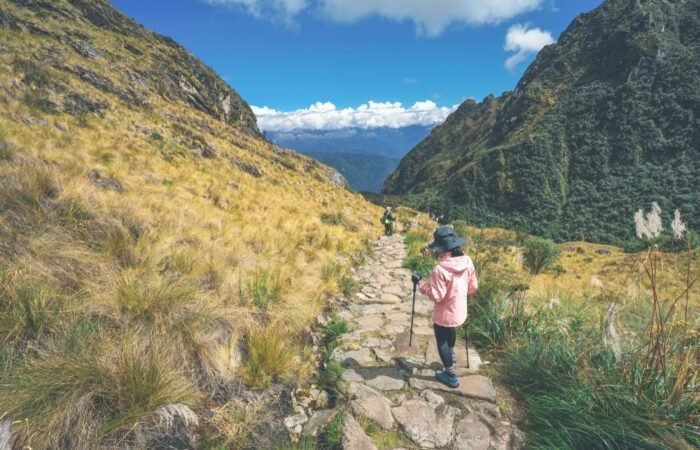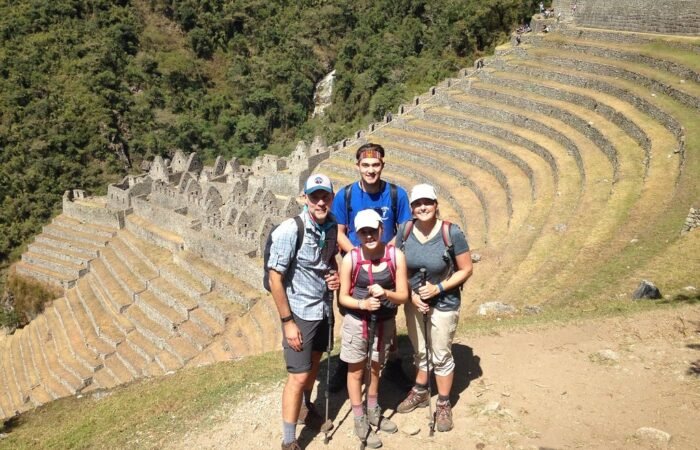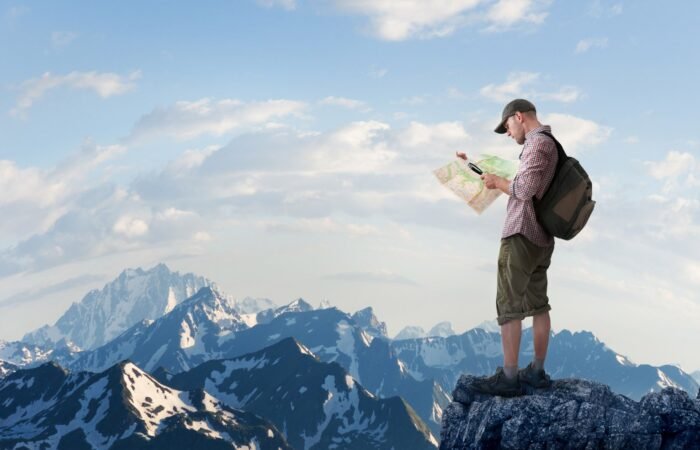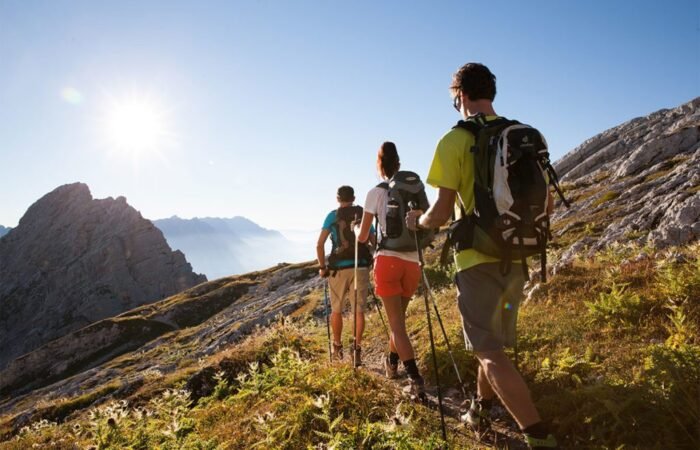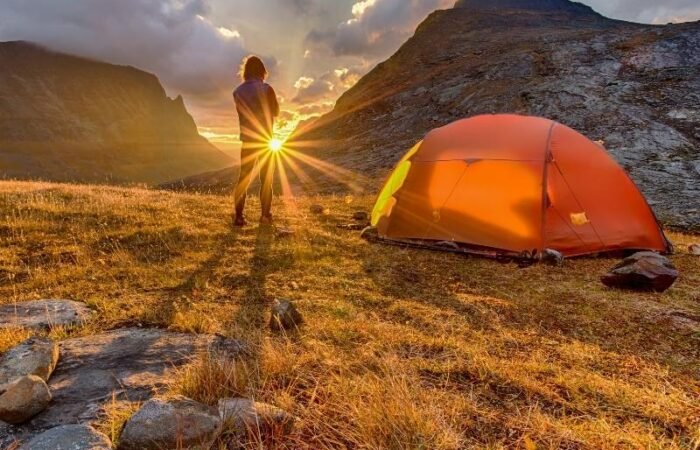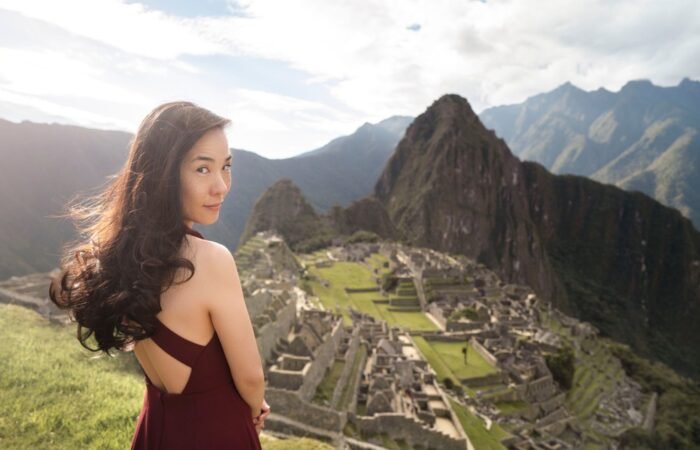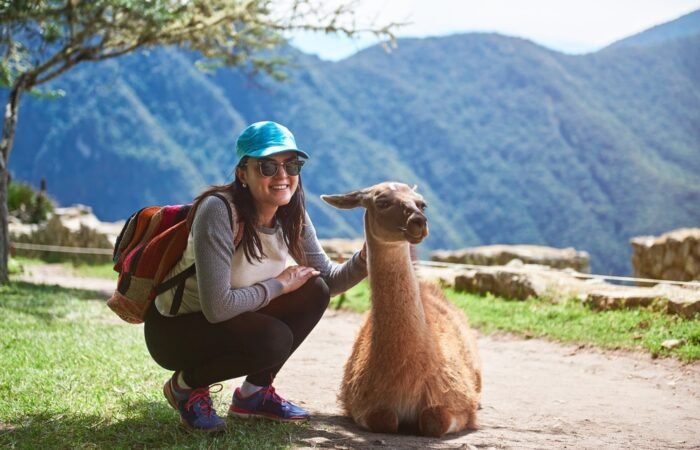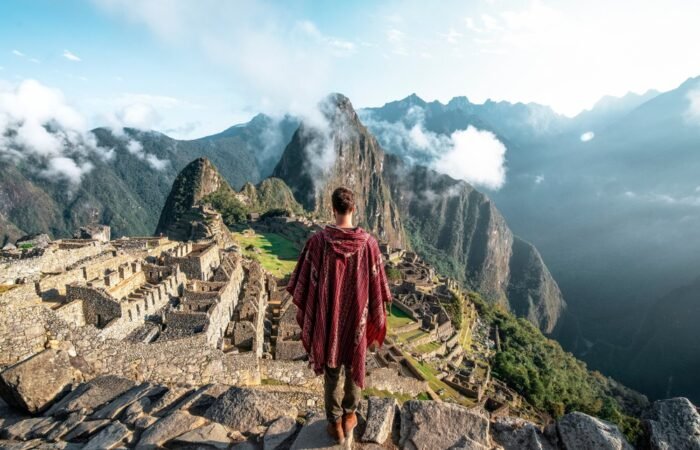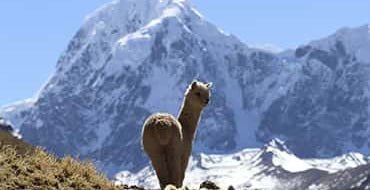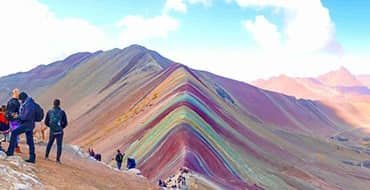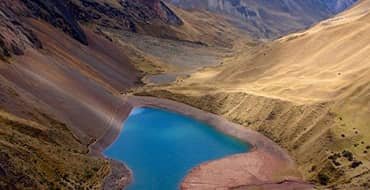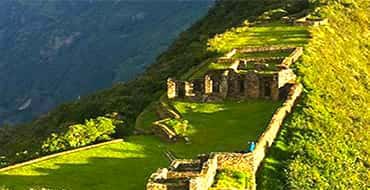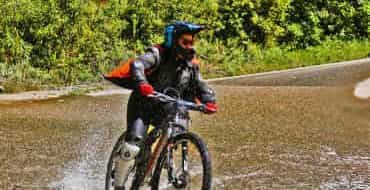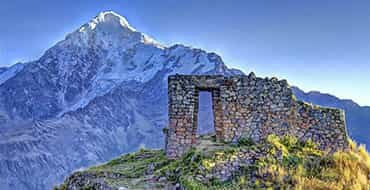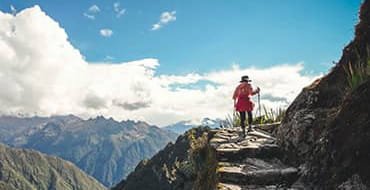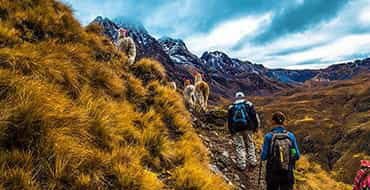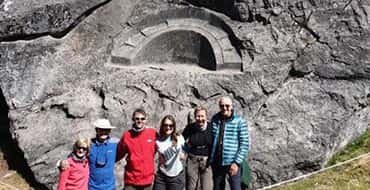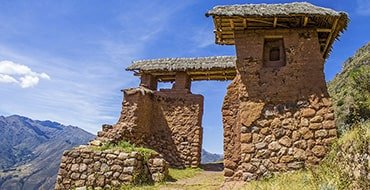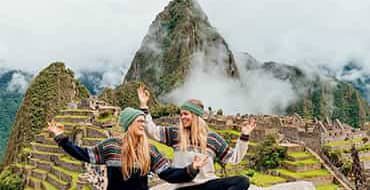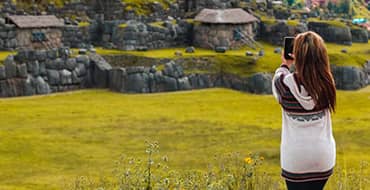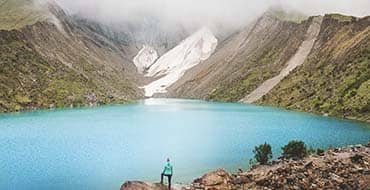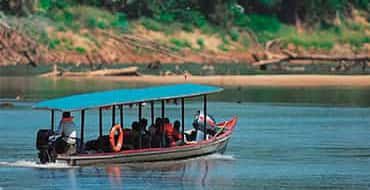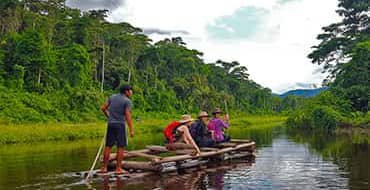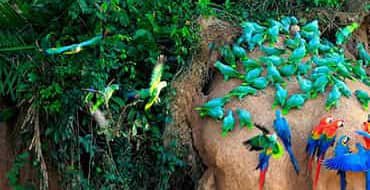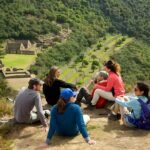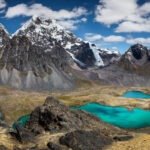

Exploring Ausangate: A Trekker’s Paradise
Ausangate, standing tall at an elevation of 6,384 meters (20,945 feet), is one of the most stunning and revered mountains in the Peruvian Andes. The region surrounding Ausangate offers a plethora of trekking routes, each providing a unique and awe-inspiring experience for adventurers and nature enthusiasts alike.
Discovering Ausangate Trekking Routes
When it comes to trekking, the Ausangate region offers a wide array of routes, catering to trekkers of all skill levels. Whether you’re a seasoned hiker or a novice adventurer, there’s a trekking route that’s perfect for you.
Ausangate Circuit
The Ausangate Circuit is a renowned trek that encircles the majestic Ausangate mountain. This challenging yet rewarding route spans approximately 70 kilometers and takes trekkers through breathtaking landscapes, including turquoise lakes, snow-capped peaks, and traditional Andean villages.
Alternative Routes
Aside from the famous Ausangate Circuit, there are several alternative trekking routes in the region, each offering its own unique attractions. From the challenging Jampa to Pacchanta trek to the awe-inspiring Palomani Pass route, there’s no shortage of options for those looking to explore the Ausangate region on foot.


Preparing for Your Ausangate Adventure
Before embarking on your Ausangate trekking expedition, it’s essential to make adequate preparations to ensure a safe and enjoyable journey. From understanding the weather conditions to acclimatizing to the high altitude, here’s what you need to know before setting off on your adventure.
Understanding Ausangate Weather
The weather in the Ausangate region can be unpredictable, with conditions varying throughout the year. While the dry season (May to September) is generally considered the best time for trekking, it’s crucial to be prepared for sudden changes in weather, including rain, snow, and strong winds.
Acclimatizing to the Altitude
Given the high altitude of the Ausangate region, trekkers need to acclimatize properly to minimize the risk of altitude sickness. It’s recommended to spend a few days in Cusco or other high-altitude areas before beginning your trek to allow your body to adjust to the reduced oxygen levels.


Experiencing Ausangate: Beyond Trekking
While trekking is undoubtedly the main draw of the Ausangate region, there’s much more to experience beyond the trails. From camping under the starry skies to embarking on guided tours, here are some additional experiences to consider during your visit.
Camping in the Ausangate Region
For those seeking a truly immersive experience in nature, camping in the Ausangate region is a must. There are designated camping areas along the trekking routes, allowing you to spend your nights surrounded by the unparalleled beauty of the Andean landscape.
Guided Tours and Cultural Immersion
Embark on guided tours led by knowledgeable locals who can provide insights into the region’s rich cultural heritage and natural wonders. Engage with indigenous communities, learn about traditional Andean practices, and gain a deeper appreciation for the unique way of life in the Ausangate region.


Planning Your Ausangate Adventure: Tours and Logistics
When it comes to planning your Ausangate adventure, there are various logistical considerations to keep in mind, from securing permits to choosing the right tour operator. Here’s what you need to know to ensure a seamless and unforgettable experience.
Choosing the Right Tour Operator
With numerous tour operators offering Ausangate trekking packages, it’s essential to research and select a reputable and experienced operator that prioritizes safety, sustainability, and responsible tourism practices. Look for operators that are committed to supporting local communities and preserving the natural environment.
Permits and Regulations
Before setting off on your trek, be sure to obtain any necessary permits and adhere to the regulations set forth by the local authorities. Responsible trekking involves respecting the natural surroundings and indigenous communities, so familiarize yourself with the guidelines and leave no trace during your journey.
Conclusion
Embarking on an Ausangate trekking adventure is a truly transformative experience, offering unparalleled natural beauty, cultural immersion, and a sense of accomplishment. Whether you’re drawn to the iconic Ausangate mountain, the challenging trekking routes, or the rich tapestry of Andean traditions, the Ausangate region has something to offer every adventurer.


The Allure of Ausangate’s Stunning Landscapes
Ausangate’s captivating landscapes are a key draw for trekkers and nature enthusiasts. From the mesmerizing glacial lakes to the vibrant rainbow-colored mountains, the region offers a visual feast for the senses.
Turquoise Lakes and Glaciers
One of the most breathtaking features of the Ausangate region is the abundance of turquoise-hued lakes, fed by the melting glaciers that adorn the mountain’s slopes. These crystal-clear bodies of water reflect the surrounding peaks, creating a serene and otherworldly atmosphere that captivates all who behold them.
Rainbow Mountains
The Ausangate region is also renowned for its stunning “Rainbow Mountains,” also known as the Vinicunca. These multicolored geological formations are the result of centuries of mineral deposits and erosion, creating a kaleidoscope of vibrant hues that seem almost unreal. Trekkers are often left in awe as they gaze upon these natural wonders.
Diverse Flora and Fauna
In addition to the breathtaking landscapes, the Ausangate region is home to a diverse array of flora and fauna. From the hardy alpine vegetation that clings to the mountainsides to the elusive Andean wildlife, such as the iconic vicuña and the majestic condor, the region offers a rich and captivating natural environment to explore.


Cultural Connections: Exploring Andean Traditions
Trekking in the Ausangate region not only immerses you in the stunning natural landscapes but also provides a window into the vibrant cultural heritage of the Andean people.
Indigenous Communities
Along the trekking routes, you’ll have the opportunity to encounter indigenous Quechua communities, who have lived in the Ausangate region for centuries. These communities maintain their traditional way of life, weaving intricate textiles, practicing ancestral agricultural methods, and preserving their rich cultural traditions.
Spiritual Significance
Ausangate holds deep spiritual significance for the indigenous Andean people, who revere the mountain as a sacred apu (mountain spirit). Trekkers may have the chance to witness or participate in traditional ceremonies and rituals conducted by the local communities, offering a deeper understanding of the region’s cultural and spiritual beliefs.
Sustainable Tourism
Responsible tourism in the Ausangate region is crucial, as it supports the local communities and helps to preserve the delicate natural environment. Many tour operators and trekking companies work closely with the indigenous communities, ensuring that the benefits of tourism are equitably distributed and that the local way of life is respected and maintained.


Navigating the Ausangate Trek: Expert Tips and Advice
Embarking on the Ausangate trek can be a challenging yet immensely rewarding experience. To ensure a successful and enjoyable journey, it’s essential to be well-prepared and informed.
Packing Essentials
When it comes to packing for the Ausangate trek, it’s crucial to strike a balance between being well-equipped and avoiding unnecessary weight. Key items to include are warm and moisture-wicking clothing, sturdy hiking boots, a reliable water filtration system, and a comprehensive first-aid kit.
Navigational Strategies
Navigation can be a crucial aspect of the Ausangate trek, especially on the more remote and challenging routes. Familiarize yourself with the use of a compass and GPS, and consider hiring a local guide who can provide valuable insights and ensure you stay on the right path.
Physical Preparation
The Ausangate trek requires a significant level of physical fitness and endurance. Begin a training regimen several months in advance, focusing on cardiovascular exercises, strength training, and high-altitude preparation to ensure your body is ready to tackle the challenging terrain.


Responsible Tourism in the Ausangate Region
As the popularity of the Ausangate region continues to grow, it’s essential that trekkers and tour operators alike prioritize sustainable and responsible tourism practices to protect the delicate environment and support the local communities.
Environmental Conservation
Trekkers should adhere to the principles of “Leave No Trace” by properly disposing of waste, respecting the natural surroundings, and minimizing their impact on the fragile ecosystems. Tour operators should also implement eco-friendly practices, such as using renewable energy sources and promoting sustainable waste management.
Supporting Local Communities
By choosing responsible tour operators and engaging with local communities, trekkers can ensure that the economic benefits of tourism are equitably distributed and that the traditional way of life is respected and maintained. This can include patronizing local businesses, hiring local guides, and participating in community-based initiatives.
Preserving Cultural Heritage
The Ausangate region is home to a rich cultural heritage, and it’s essential that trekkers and tour operators work to preserve and protect this legacy. This can involve supporting the preservation of traditional practices, respecting sacred sites, and engaging in cultural exchange programs that foster mutual understanding and appreciation.
